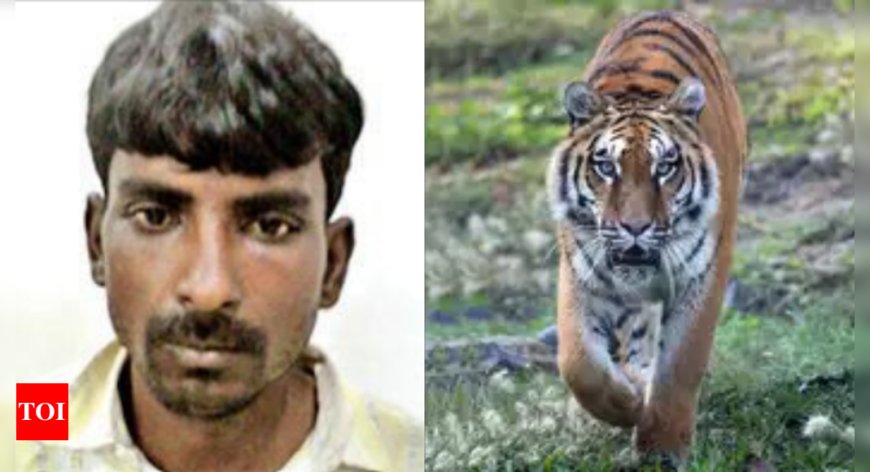'Bone glue' craze driving tiger poaching in central India; MP poacher arrested
Tiger bone glue is driving an increase in poaching in central India, creating a significant threat to endangered species. Illegal trade networks, including those in China and Vietnam, are involved. Authorities have arrested a major poaching gang in Maharashtra. Wildlife experts call for stronger enforcement and legal frameworks to combat this crisis and protect wild tigers from extinction.

Bone Glue Craze Driving Tiger Poaching in Central India
News by dharmyuddh.com
Understanding the Bone Glue Phenomenon
In recent months, a disturbing trend has emerged in the heart of Central India: the increasing demand for 'bone glue', a substance derived from tiger bones. This craze is not merely an oddity but has serious implications for wildlife conservation, particularly for the already endangered tiger population. The illicit trade in bone glue has driven poachers to hunt these majestic creatures, leading to significant declines in their numbers.
Recent Arrests Highlight the Severity of the Issue
Authorities have recently made a breakthrough in combating this illegal activity with the arrest of a notorious poacher in Madhya Pradesh. This arrest underscores the severe impact of the bone glue market on tiger conservation efforts and emphasizes the need for more stringent measures to protect these vulnerable animals. The poacher, linked to a greater network exploiting tigers for their bones, raises alarm bells about the growing urgency of wildlife protection initiatives.
The Impact of Poaching on Tiger Populations
Tigers are an integral part of the ecosystem, acting as apex predators and helping maintain the balance within their habitats. However, the increasing instances of poaching driven by the demand for bone glue threaten not only their existence but also the health of the entire ecosystem. Wildlife experts warn that if this trend continues, it could lead to severe consequences for biodiversity in Central India.
Efforts to Combat Poaching
In response to this crisis, wildlife conservation groups, along with government agencies, are stepping up their efforts to tackle poaching. These initiatives include community awareness programs, tighter surveillance around tiger habitats, and increased penalties for poachers. Additionally, collaboration with international organizations is being sought to close the market for tiger parts and products globally.
Community Involvement and Awareness
One of the most effective ways to combat tiger poaching is by involving local communities. Educating them about the ecological significance of tigers and the consequences of their decline can foster a sense of responsibility and stewardship. By providing alternative livelihoods and creating a sense of ownership over wildlife conservation, communities can play a crucial role in protecting these majestic animals from poachers.
Conclusion
The craze for bone glue has led to an alarming rise in tiger poaching in Central India. The recent arrest of a poacher is a critical reminder of the urgent need for action to protect our wildlife. It is imperative that we all work together—governments, local communities, and conservationists—to ensure the survival of tigers and safeguard their habitats for future generations.
For more updates, visit dharmyuddh.com. Keywords: bone glue craze, tiger poaching India, Central India tiger poaching, MP poacher arrested, wildlife conservation efforts, bone glue market, endangered tiger population, tiger habitat protection, poaching initiatives, community involvement in wildlife, tiger conservation in India, illegal wildlife trade, Madhya Pradesh poaching issue, tiger ecosystem significance.







